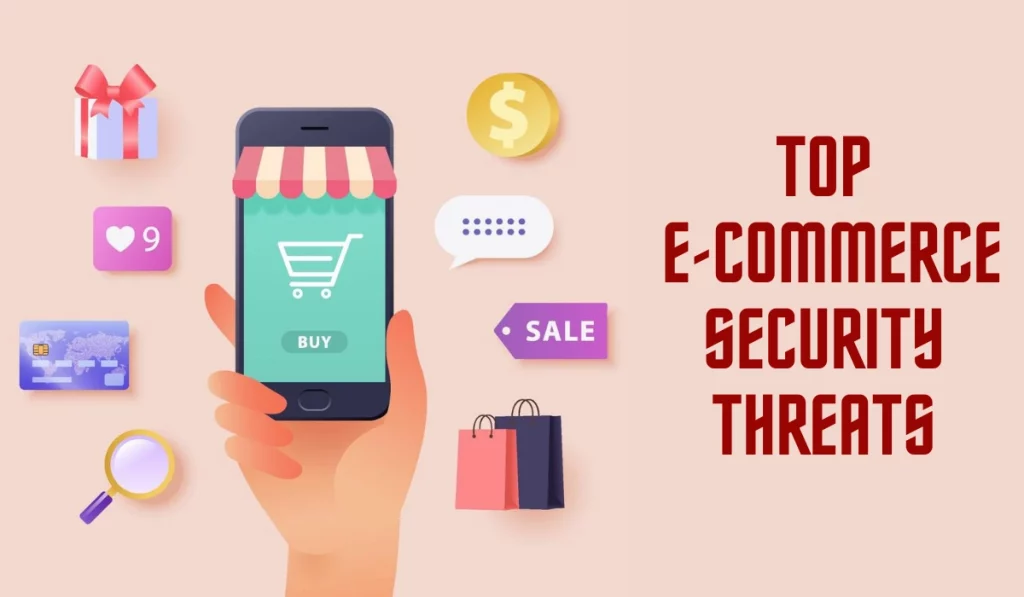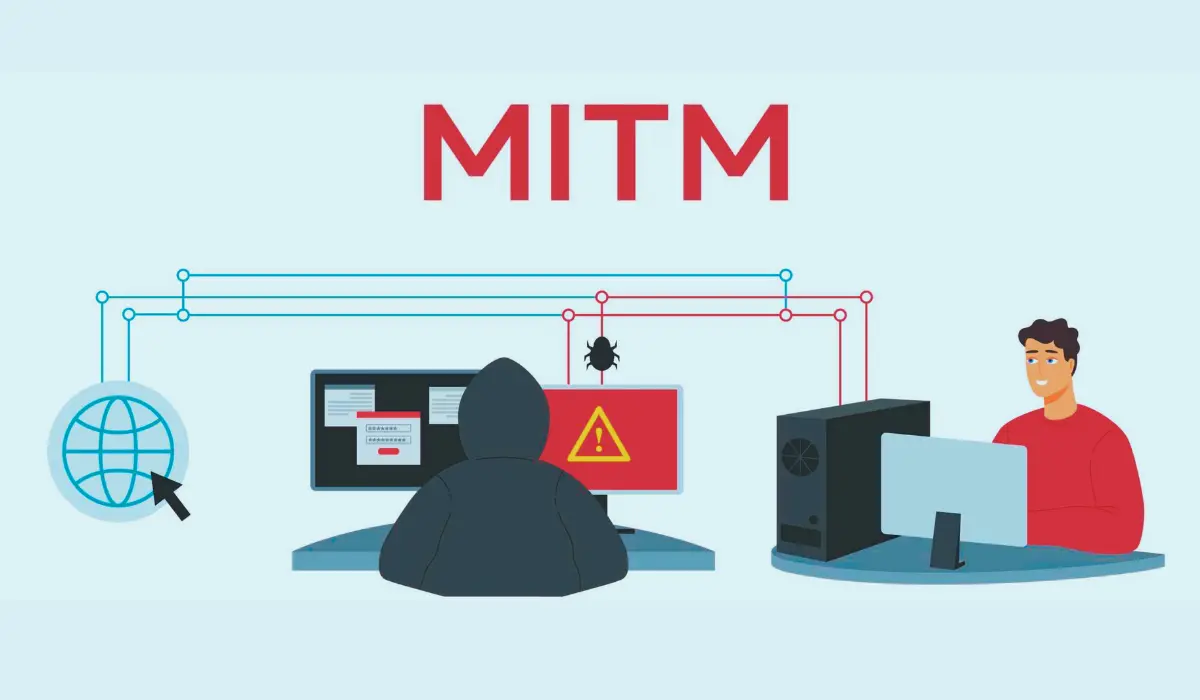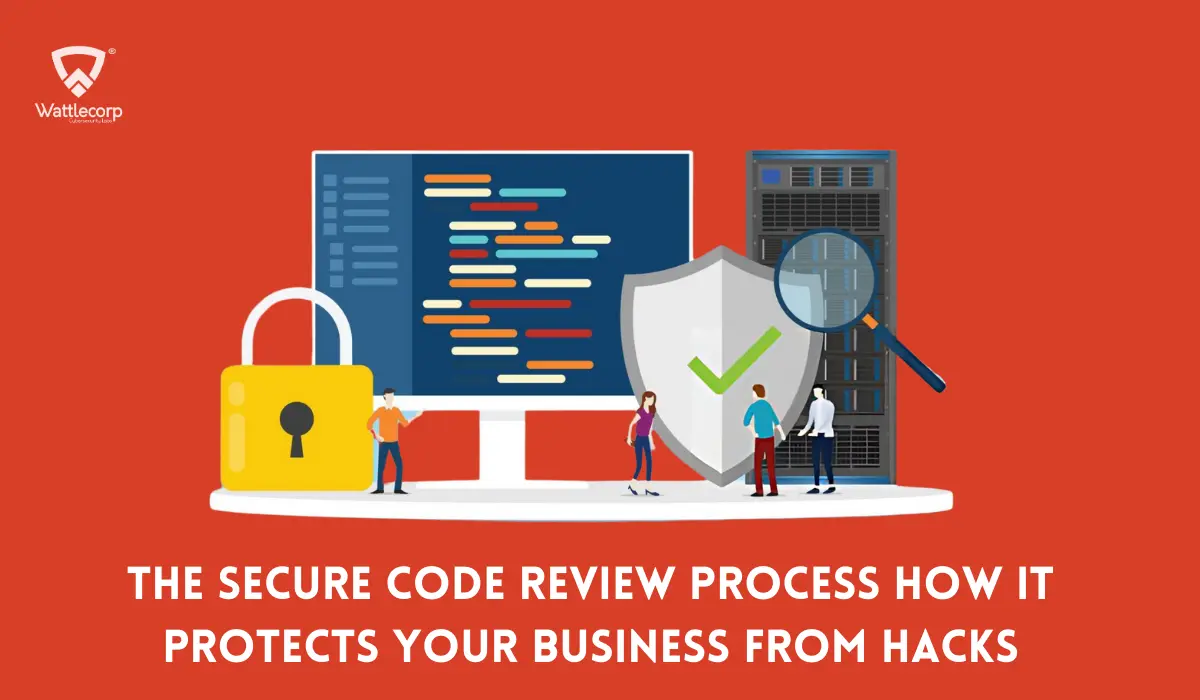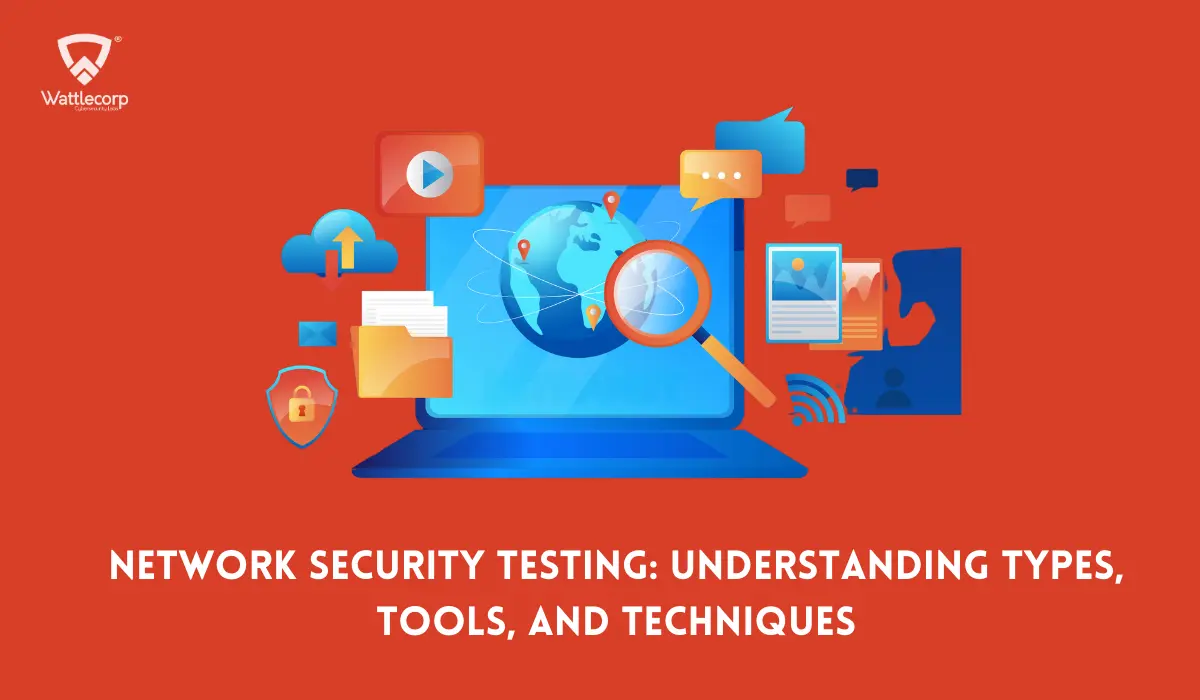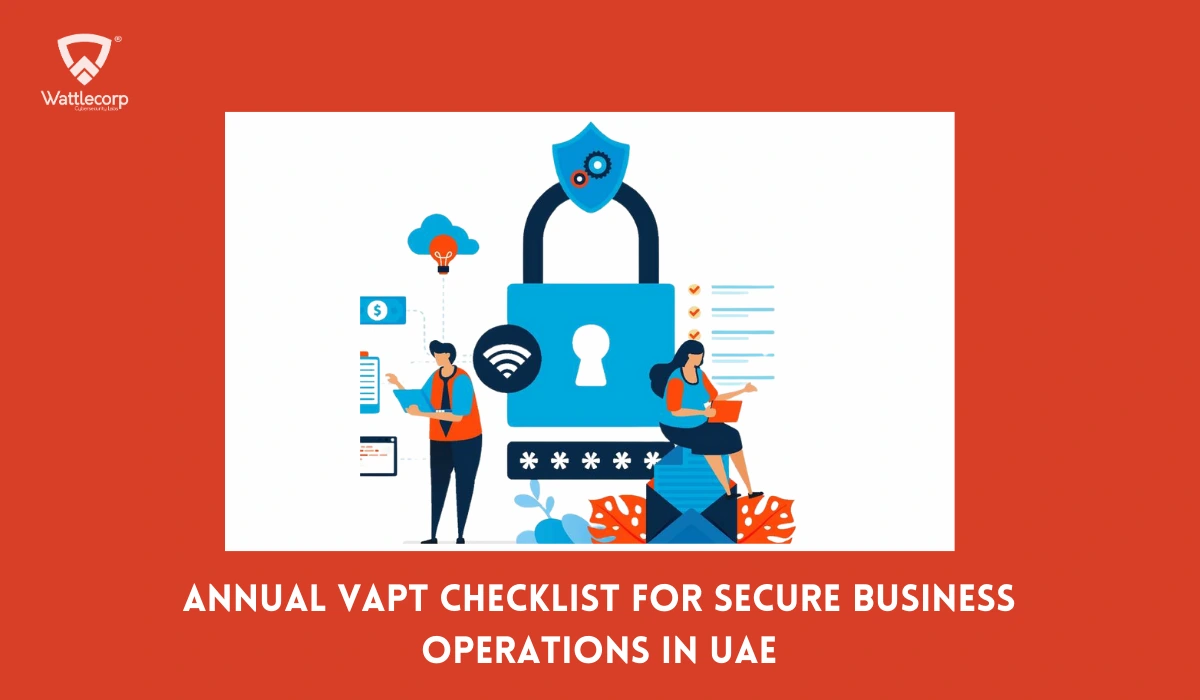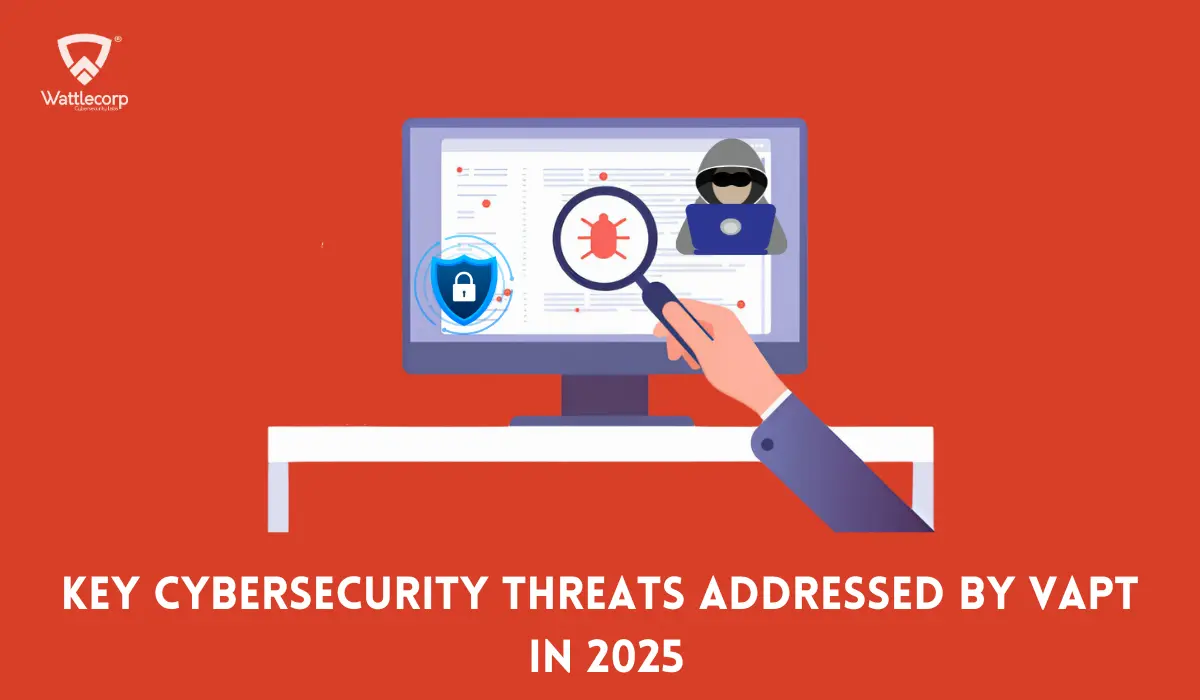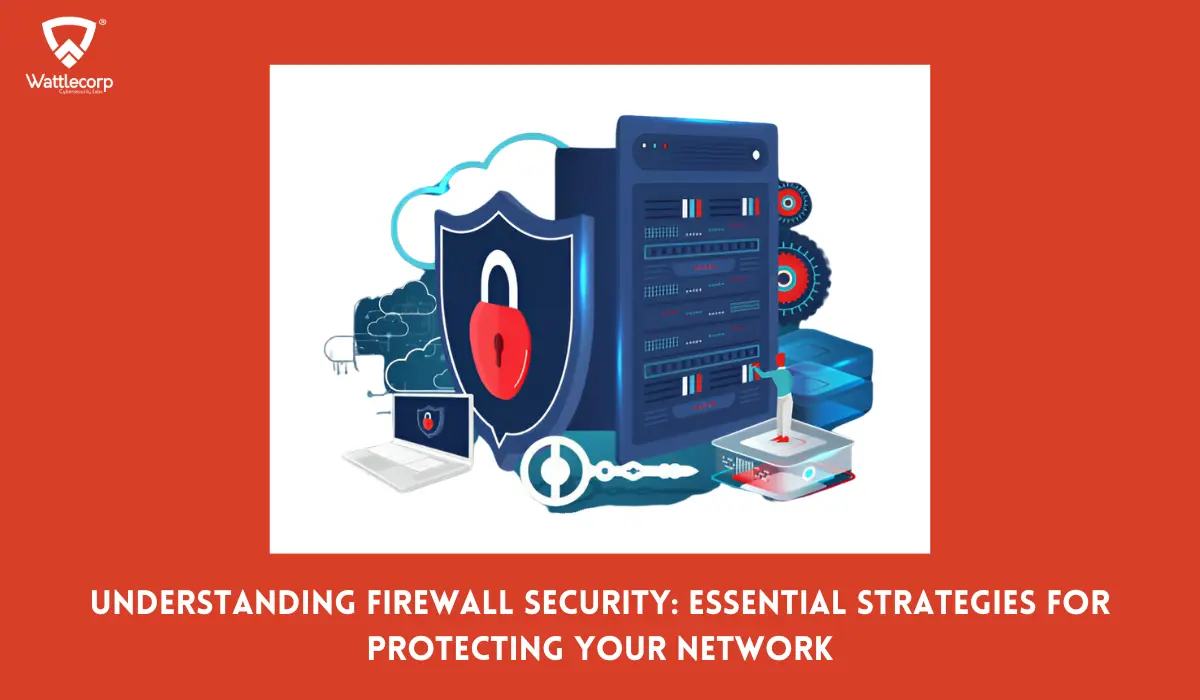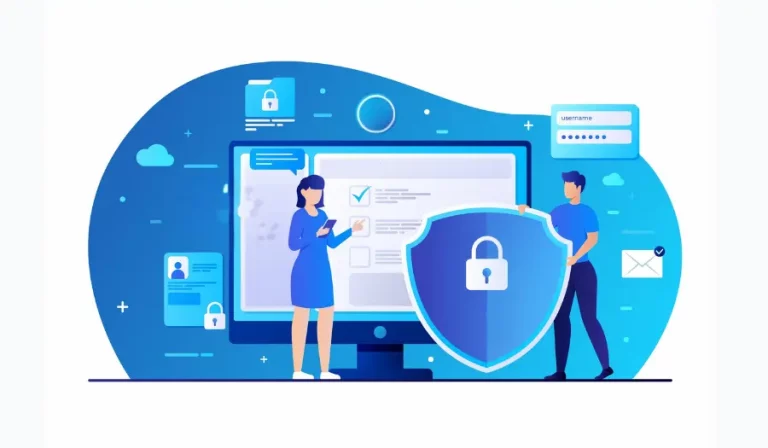In this article, we’ll unravel the top 10 e-commerce security threats of 2024 that have been making waves in the cyber domain. The surge in e-commerce was a snowball rolling down a hill, 2024 has turned it into an avalanche. The convenience of online shopping, combined with the innovations in fintech, has made e-commerce a juggernaut in the world of retail.
But with this exponential growth comes an underbelly of security threats that can make even the most seasoned entrepreneurs break into a cold sweat. Let’s explore the top 10 E-commerce security threats
Table of Contents
Toggle1. Sophisticated Phishing Attacks
Phishing attacks have evolved. Forget the generic “You’ve won a million dollars” email; in 2024, phishing attacks have become more targeted and deceptive.
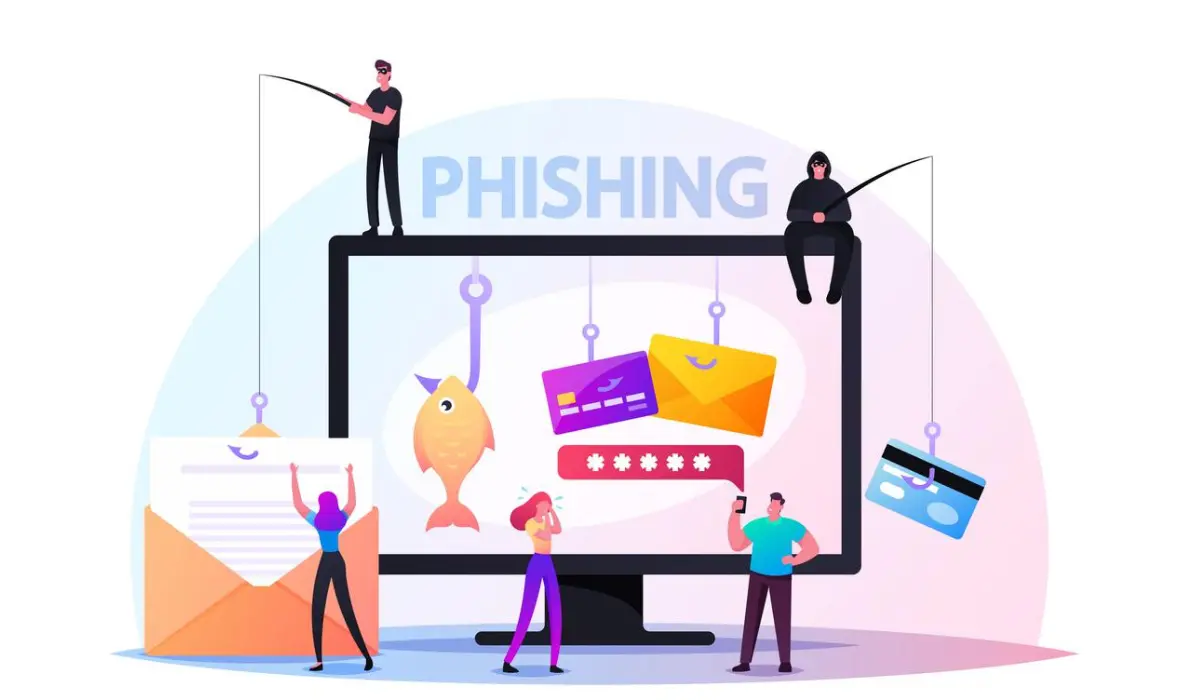
Spear phishing, where hackers make highly personalized attempts at snagging confidential information, is on the rise. For example, an online retailer might receive an email that seems to come from a trusted vendor or even a colleague, which, when engaged with, can compromise sensitive data.
Solution:
Regular e-commerce security audits can help you identify and fix vulnerabilities. Educate your staff on the importance of verifying the authenticity of emails, especially those that seek sensitive information.
Expert Insight:
At our firm, we’ve observed a new trend: voice phishing or “vishing”. Here, attackers imitate company representatives over the phone, requesting sensitive information. With deep fake technology, they are getting frighteningly good at this.
2. Cryptojacking
Cryptojacking is the unauthorized use of a computer’s processing power to mine cryptocurrency. In 2024, hackers have turned to e-commerce sites as their new playground.

By injecting malicious code into the website, they can use the processing power of every visitor’s computer to mine cryptocurrencies.For instance, an innocuous plugin update might be the Trojan horse that injects the crypto-jacking code into your e-commerce platform.
Solution:
Regularly monitor the performance of your website. An unexplained slowdown may be indicative of crypto-jacking. Use e-commerce security solutions that provide real-time monitoring and threat detection.
Expert Insight:
Incorporating network segmentation in your security framework can prevent the spread of crypto-jacking across the entire network.
3. Bot-Based Credential Stuffing
Credential stuffing is when attackers use stolen account credentials to gain unauthorized access to user accounts. In 2024, with the advent of advanced bots, these attacks have become faster and more relentless.
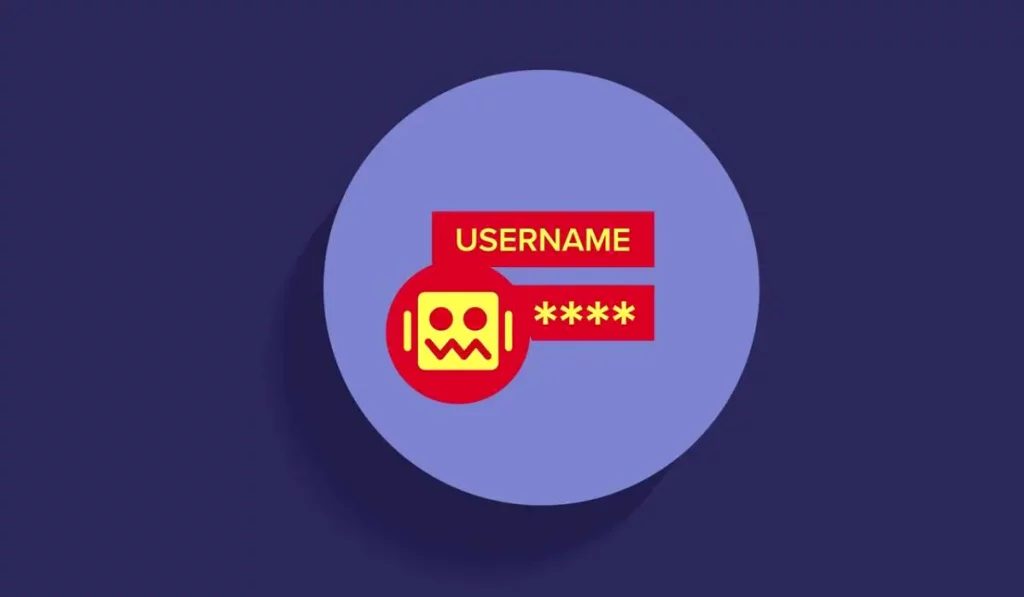
Consider this: a fashion e-commerce site suffers a breach, and thousands of customer login details are stolen. The hackers then use bots to rapidly test these credentials on other e-commerce sites.
Solution: Implement multi-factor authentication. It adds an extra layer of security. Your users will have to provide more than one piece of evidence to prove they’re the real deal. This makes it difficult for anyone trying to sneak in without permission.
Expert Insight: Ever heard of CAPTCHA tests? Well, they’re not just there to annoy you, they actually do a fantastic job at keeping those scammy bots away. You can easily crack a CAPTCHA test as a human but they are very difficult for bots.
4. Exploitation of IoT Vulnerabilities
Internet of Things (IoT) devices like smart speakers and wearables have changed how consumers interact with e-commerce platforms.

However, these devices often lack robust security features, making them an attractive target for hackers.Imagine a scenario where a smart fridge with e-commerce capabilities gets hacked, and the hacker gains access to the owner’s payment information.
Solution:
Encourage customers to update the software on their IoT devices regularly. Additionally, e-commerce platforms should invest in e-commerce security solutions that can detect and mitigate IoT-based attacks.
Expert Insight:
Adopt a security-by-design approach for IoT integrations. This means you should consider security at every stage of the development process, not just as an afterthought.
Also Read: 10 Proven Email Security Best Practices: Safeguard Your Emails
5. Supply Chain Attacks
Imagine a hacker sneaking into your system through a partner or provider who has access to your networks and data. It’s called a supply chain attack, and it’s happening more and more these days.
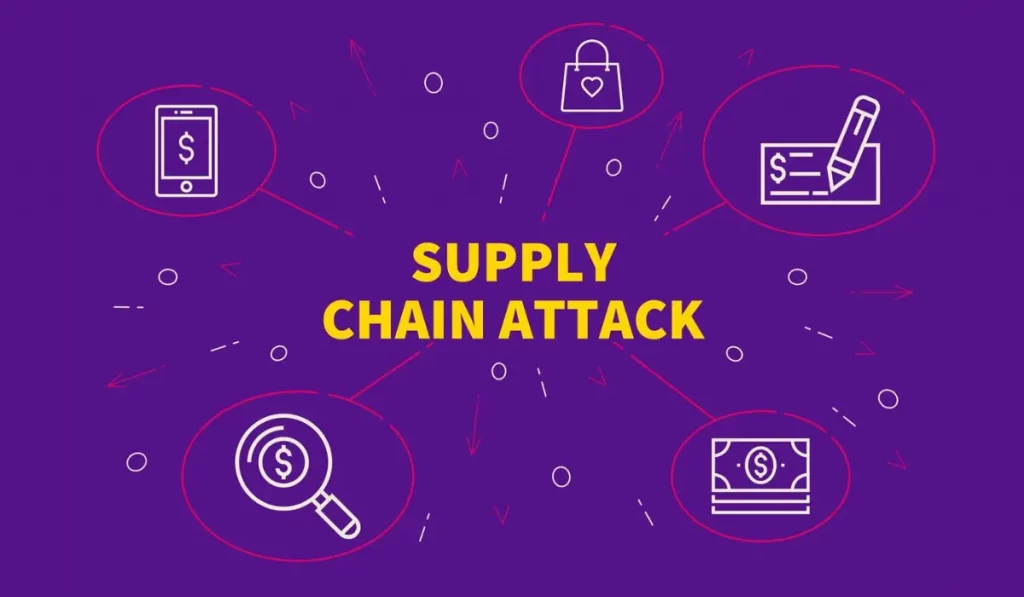
As e-commerce companies rely heavily on third-party services for various applications, these attacks have become increasingly common.
For example, an attacker might compromise a third-party payment processor to gain access to an e-commerce site’s customer data.
Solution: Vet all third-party services thoroughly. Ensure that your e-commerce store follows cybersecurity best practices and that undergoes e-commerce security audits.
Expert Insight: Establish strong Service Level Agreements (SLAs) with third-party vendors, outlining the security measures they must adhere to.
6.Insider threats
Insider threats are cybersecurity risks arising from authorized users, including contractors, employees, and business partners, who may intentionally or inadvertently misuse their legitimate access or permit cybercriminals to get access to their accounts.
Malicious insiders are either bitter present-day workers or bitter past workers who haven’t been disabled, and they intentionally misuse their access for financial gain, revenge, or both. A hostile insider might “work” for an outsider, like a competitor, or bad actor, to expose documents or apps, disrupt business operations, or disclose private data, including trade secrets, client listings, or proprietary information.
Solution
Implement a precise incident response plan which will help to identify and respond to insider threats proactively. Data loss prevention tools and procedures are also helpful in preventing the loss and misuse of sensitive information.
Expert insights
Implementing appropriate employee monitoring strategies that don’t interfere with their work productivity and ensuring proper privilege access management helps greatly in preventing insider threats upon your organization.
7.DDoS
DoS and DDoS attacks are some of the most critical e-commerce security threats. These tactics include bombarding the website with an excessive quantity of traffic or requests, which is typically done by hackers using botnets (connections of infected machines).
The consequences of these attacks are catastrophic and generally create downtime, leaving the online platform unavailable to customers and causing revenue losses. Frequent interruptions can also harm an e-commerce site’s credibility, ruining loyalty and driving users to substitute companies for services. Furthermore, unsatisfied customers may openly express their negative experiences, hurting the site’s reputation.
Solution
Blocking communication from unused or outdated applications, ports, and protocols using the right hardware and software tools is one of the key prevention measures.
Expert insights
DDoS attacks have become more frequent in recent times causing huge interruptions to businesses from small to enterprise ranges.
8.Magecart Assault
The Magecart attack is a severe e-commerce security threat. These kinds of attacks affect commercial websites by injecting malicious JavaScript-based code into the website’s checkout page.
This code is designed to steal important client information, such as billing addresses and credentials. It’s essential to emphasize that Magecart assaults could also have an impact on third-party suppliers that your online businesses might rely on.
Solution
Understanding your third-party vendors using appropriate queries on their data security policies and compliance measures. Including proper security requirements and defining the non-compliance issues in the vendor contract is beneficial.
Expert insights
Third-party vendor security is something the majority of firms often miss and one of the key pathways to vulnerability infecting your business operations.
9.API Vulnerabilities
Another significant risk in the realm of e-commerce security is API vulnerabilities. Since a huge number of consumers are shopping more often across devices and channels, e-commerce companies are deploying headless shopping solutions that heavily rely on APIs.
Due to their increased dependence, APIs are prime targets for cyberattacks, particularly since they generate a significant amount of traffic to online stores and some of that traffic accesses endpoints that hold sensitive information like credit card numbers and credentials.
Solution
Regular security audits and usage of proper authentication and authorization on API configurations are considered as one of the main. Validating inputs and responses, use of encryption, and classification of sensitive data are also better to include.
Expert insights
Securing APIs is an inevitable part of ensuring the security resilience of your organization. Choosing the right cybersecurity experts with proven experience is always suggested to ensure the best API security.
10. Man In The Middle Attacks
Man-in-the-middle attack is a kind of cyberattack in which the bad actor acts as an extra layer between the customer and the e-commerce website.
The data entered by the user is captured by the attacker, which are credentials and payment details. Interception, DNS spoofing, email hijacking, and SSL stripping are few of the common types of MITM attacks affecting e-commerce service providers.
Solution
Educating the employees and users and adopting security-first and zero-trust approaches are effective in terms of being secure from social engineering attacks. Also, a proactive approach to threat resilience is always the best to have. Implementing anti-phishing software and employee testing software is effective.
Expert insights
Understanding the TTPs (tactics, techniques, and procedures) of attackers raising awareness of modern attacks using training sessions, and leveraging social media channels are proven to help businesses to be many steps ahead of the breach attempts.
Conclusion
Security is an ever-evolving challenge. The e-commerce security threats we face today may mutate or evolve, and new threats may arise. It’s critical to exercise caution and follow recommended e-commerce security practices. As a leading cybersecurity firm, we’ve got our finger on the pulse of e-commerce security. We are the vanguard that shields businesses from the nefarious plans of hackers.
Armed with e-commerce security solutions, e-commerce security best practices, and an unmatched acumen for e-commerce security audits, we serve as the proverbial knights in shining armor. Our team at Wattlecorp is your ally in this journey. Contact us to arm yourself with the cutting-edge e-commerce security solutions that you need to safeguard your online frontier. Our team of experts is ever-ready to bolster your defenses and keep your enterprise secure.
FAQs (Frequently Asked Questions)
1. What is e-commerce security?
E-commerce security is about keeping your online store safe from hackers, making sure your customer information stays private and transactions are secure.
2. How can I protect my e-commerce platform from phishing attacks?
You can protect your e-commerce store by using email filters, keeping an eye on your site’s security with regular checks, teaching your team to spot scam emails, and using tools that spot and stop phishing. Also, setting up standard protocols to handle data keeps you safe from various forms of malware attacks.
3. What are the six e-commerce security areas?
The six fundamental areas of e-commerce security are:
Integrity: Keep your data spot-on.
Non-repudiation: Make sure nobody can deny they were part of a transaction.
Authenticity: Check user IDs.
Confidentiality: Lock up your customer information tight.
Privacy: Keep personal data personal.
Availability: Ensure your site doesn’t crash.
4. What is the biggest threat to an e-commerce business?
One of the biggest threats for modern e-commerce businesses is a sophisticated phishing attack, which causes huge damage to your store and is difficult to spot.
5. What steps should companies take to improve their e-commerce security protocols?
Regularly conduct e-commerce security audits.
Educate staff and users on security best practices.
Employ multi-factor authentication.
Vet third-party services and applications for security compliance
Keep software and systems up to date.
Implement robust e-commerce security solutions with real-time monitoring and threat detection.
Establish and enforce security policies and access controls.
